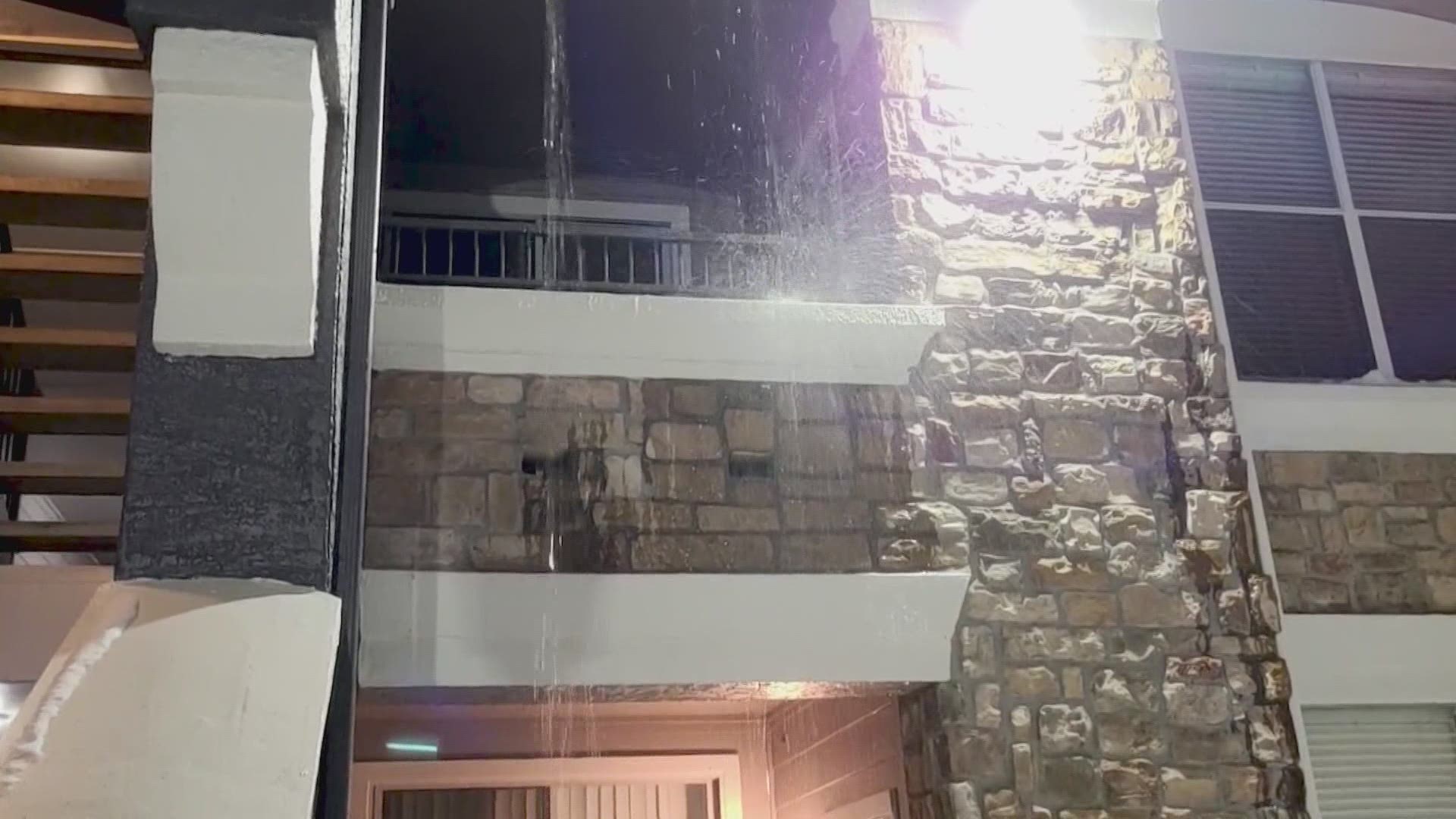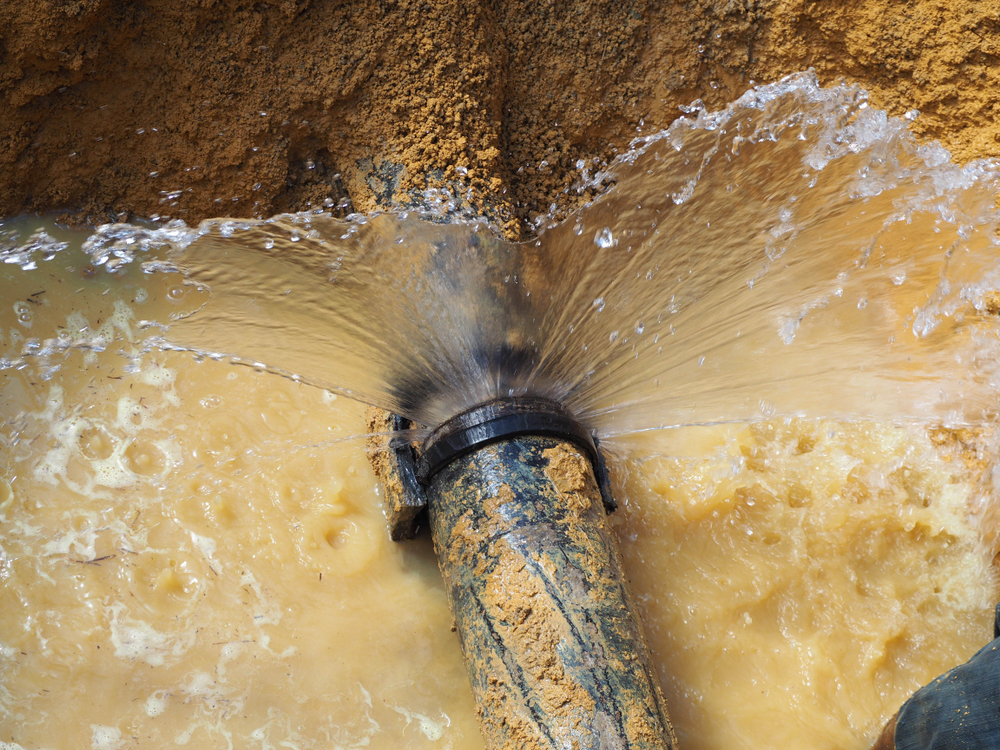The Complete Guide on Everything You Need to Know About Septic Tank Maintenance
The Complete Guide on Everything You Need to Know About Septic Tank Maintenance
Blog Article
In this article down the page yow will discover lots of excellent tips on the subject of Rules For Handling Water Damage.

What should you do if a water pipeline bursts in your residence? The longer you wait, the a lot more severe the damages that can occur to your residential or commercial property. For these factors, you require to learn just how to act in the event of a ruptured water pipeline.
Shut Off the Key Waterline Valve
The first thing to do? Shut the shut-off valve. Seek the regional shut-off valve to switch off the water in one particular area just. Go for the main water line shutoff as well as turn it off if you do not know where the local shut-off valve is. This action will certainly cut off the water promptly in your whole residence. Normally, the main shutoff is found outside the residence beside the water meter. If it's not there, you can additionally discover it in two locations: in the basement at eye degree or the 1st floor on the ground. Commonly, builders placed the shut-off valve generally ground level shower room or best alongside it.
Call Water Damage Repair Pros for Help
After closing the water resource, call the specialists for assistance. With their professional assistance, you can stop a lot bigger water damage including warped baseboards, loose ceramic tiles, or damaged structures.
File the Damages For Insurance coverage
While you're waiting for the pros to show up, get some documentation of the damage caused by the wayward pipeline. Do close-up shots of the harmed areas and prized possessions.
Salvage Points That Can Be Conserved
Take a look at the damaged things and also take out the most crucial ones from the stack once you're done taking images. Dry them off in a dry/warm area away from the damaged location as well as try to preserve them as high as you can. Drag as much wetness as you can to the material so it can start to dry.
Beginning the Drying Process
You need to begin the drying process asap. Luckily, the water from your waterlines is already tidy so you do not have to bother with drain water. The flowing water might have disrupted the dirt as well as debris in your rugs and floorboards. In this instance, put some gloves on and also start some troubleshooting. Usage containers to dispose out the water. Remove as much water as you can from the surface areas with old towels. Turn on an electrical fan or open your windows to advertise air circulation. These actions will hasten to completely dry and hinder mold and mildew and also mildew development.
Experts are the only individuals qualified to examine appropriately and take care of the burs pipes as well as succeeding damage. As always, pipelines don't just unexpectedly break out of the blue. They normally offer silent red flags like bubbling paint, water discolorations. Weird noises in the plumbing, caving ceiling, stuffy odor, or peeling wallpaper. Make note of these signs as well as do some safety nets so you can nip any problems in the bud.
What should you do if a water pipeline ruptureds in your residence? For these reasons, you need to find out how to act in the event of a ruptured water pipe. After closing the water resource, call the professionals for assistance. With their specialist help, you can avoid a lot bigger water damage including warped baseboards, loose ceramic tiles, or harmed frameworks. The good news is, the water from your waterlines is currently tidy so you do not have to stress about sewer water.
BROKEN WATER PIPES: COST TO REPLACE & WAYS TO FIX A PIPE
CAUSES OF A BROKEN WATER PIPE
A water pipe can break for several reasons depending on the environment you live in, type of pipe, and circumstances.
The most common cause of broken pipes is freezing. If you live in a colder climate, this could happen. When water freezes it increases in volume by 9% and the pressure in the pipes can go from 40 psi to 40,000 psi. Clearly, this could be detrimental to the pipes. Water freezing causes quick expansion, which puts stress on the pipes and could lead them to crack or weaken. When water thaws, it will leak out the cracks. Other changes in water pressure can also cause breakage. Another common cause of broken water pipes is age.
Depending on the material, water pipes can last anywhere from 70-100 years. But the older they get, the more susceptible they are to weakening and corroding. Older pipes coming into contact with another material could speed up the corrosion process as well. PVC pipes can become brittle with age, while copper is prone to corrosion and stress over time. Something that could also potentially break water pipes is when they move. They may move from construction or the house settling. Moving can stress the fixed pipe which may lead to a leak or burst pipe.
HOW MUCH WATER COULD LEAK INTO YOUR HOUSE FROM A BROKEN PIPE?
The amount of water that leaks depend on how big the break in a pipe is. If it is just a minor crack, water will slowly leak out. This isn’t as serious as a full broken pipe, but it can still cause significant damage to your home. Burst pipes can leak up to 10 gallons of water per minute. The amount of water leaked also depends on what appliance is involved. The water line to your refrigerator can leak ½ to 1 gallon per minute depending on water pressure. One toilet supply line may leak 2-3 gallons a minute and a washing machine hose will leak up to 10-12 gallons per minute.
TURN THE WATER OFF
Doing this first is imperative; everything else can wait. You need to deactivate the water supply to stop the flow of water and prevent more water from leaking into your home. Shutting off the water could potentially save you thousands in water damage repairs. Locating the water shutoff valve depends on the climate you live in. For colder climates, the valves are usually inside, such as in the basement. For houses in milder weather, the shutoff valves will probably be outside—either attached to an exterior wall or in an underground box with a removable lid.
OPEN A FAUCET
The next thing to do is to open a faucet or turn on a sink. This will relieve any remaining water pressure in the pipes and ensure a full-shut down.
GET RID OF THE WATER
The quicker you get rid of the water, the less water damage and mold there could be. Use a mop and a shop vacuum to help get clean up the water. Use towels to dry everything the best you can.
CUT AND REMOVE THE DAMAGED PIPE
Once you have shut off the water and drained the damaged water pipe, you can begin to fix the issue. Cut out the damaged section of the pipe with a pipe cutter, ensuring that you also cut one inch extra on each side of the damage. Once you get rid of the broken part of the pipe, you may begin repairs.
https://www.wmhendersoninc.com/blog/broken-water-pipes-cost-to-replace-ways-to-fix-a-pipe/

I came across that blog post about Water Damage: Tips On What To Do When Your House Is Flooded while browsing on the web. Sharing is nice. You won't know, you may very well be doing someone a favor. Thank you for your time. Come back soon.
Report this page